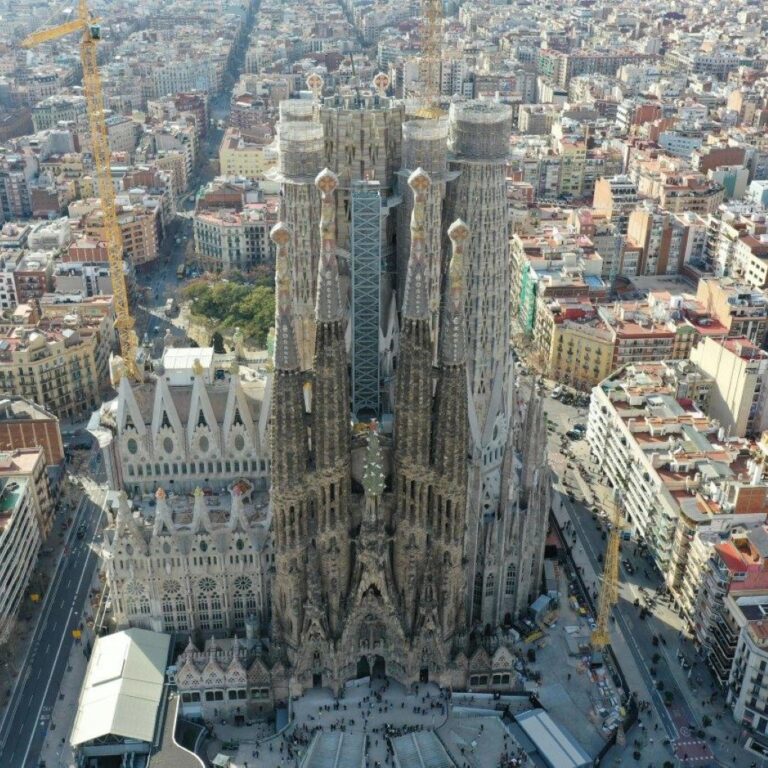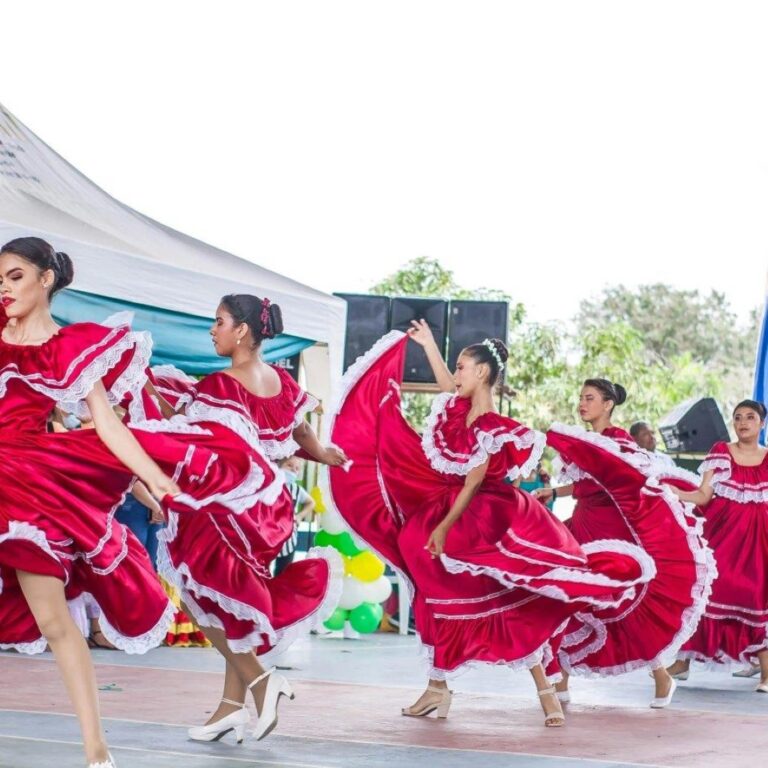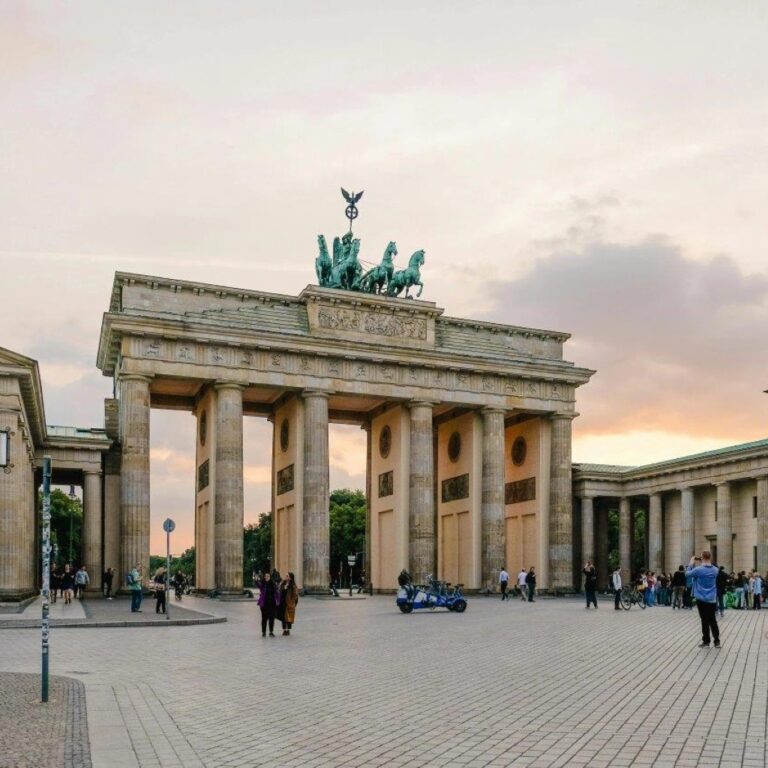La Sagrada Familia, officially known as the Basílica i Temple Expiatori de la Sagrada Família, was designed by the famous Catalan architect Antoni Gaudí.
Construction of La Sagrada Familia began in 1882, and it is still under construction today, with an estimated completion date around 2026.
Gaudí devoted the last 15 years of his life exclusively to the project, and he is buried in the crypt of the basilica.
The basilica's design incorporates elements of Gothic and Art Nouveau architecture, creating a unique and intricate style.
La Sagrada Familia features 18 towers, each representing a different religious figure, including 12 apostles, the Virgin Mary, and Jesus Christ.
The tallest tower, dedicated to Jesus Christ, will stand at 172.5 meters (566 feet) upon completion, making it the tallest church building in the world.
The basilica's facades depict different scenes from the life of Jesus Christ: the Nativity, the Passion, and the Glory.
The Nativity Facade, completed during Gaudí's lifetime, is characterized by its elaborate decoration and organic forms inspired by nature.
The Passion Facade, designed to contrast with the Nativity Facade, features stark, angular lines and dramatic sculptures representing the suffering of Christ.
La Sagrada Familia is funded entirely by private donations and entrance fees, continuing Gaudí's vision of a 'people's church.'
The basilica's interior is designed to resemble a forest, with tree-like columns branching out to support the roof, allowing natural light to filter through stained glass windows.
La Sagrada Familia has been a UNESCO World Heritage Site since 2005, recognized for its outstanding universal value and architectural significance.
Despite its unfinished state, the basilica was consecrated as a minor basilica by Pope Benedict XVI in 2010.
Gaudí's innovative use of catenary arches and hyperboloid structures allows for a complex yet stable design that distributes weight efficiently.
La Sagrada Familia attracts millions of visitors each year, making it one of the most visited monuments in Spain and an enduring symbol of Barcelona's cultural heritage.


